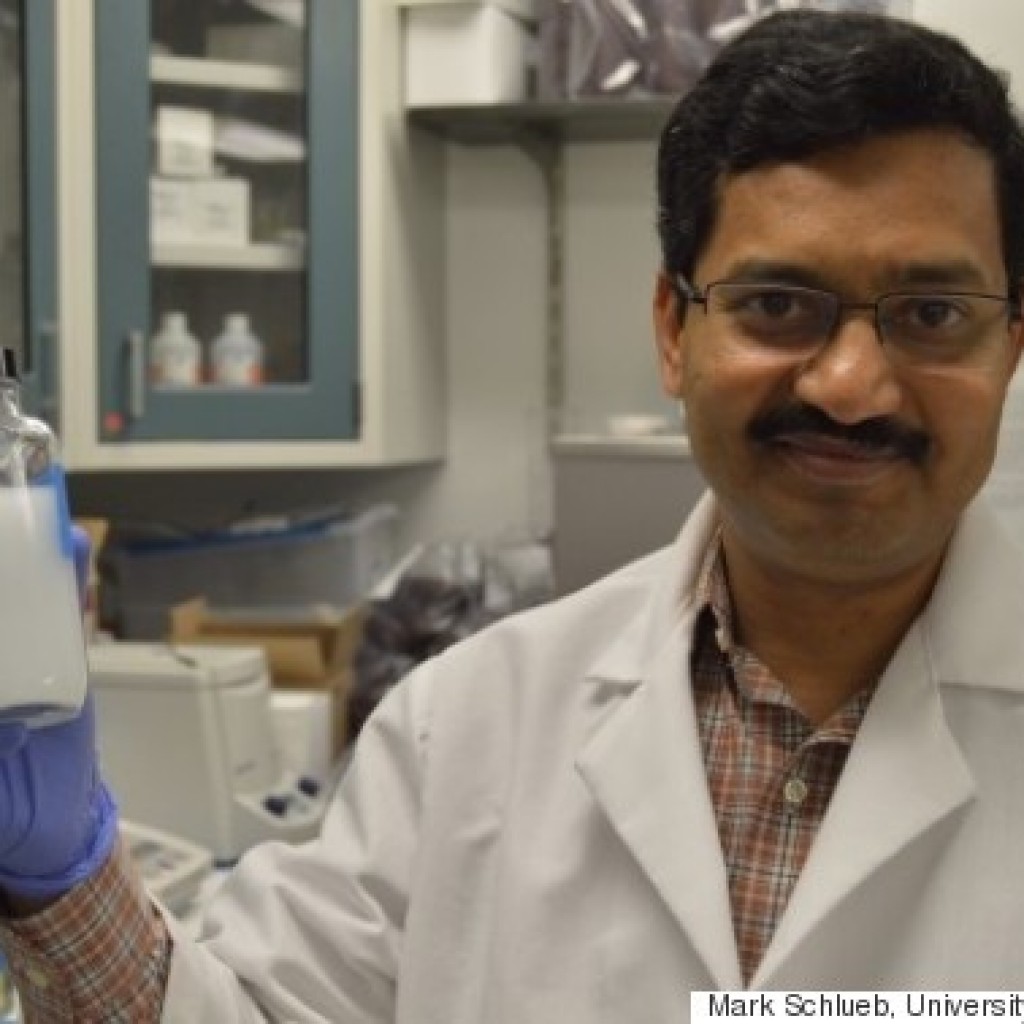
Continuing research at the University of Central Florida has brought another federal grant of $1.9 million to develop a method for protecting the troubled citrus industry from the disease HLB, also known as citrus greening.
In awarding the funding to UCF nanoparticle researcher Swadeshmukul Santra, the U.S. Department of Agriculture also recognized the University of Central Florida as a “Center for Excellence.” That designation, a first for the USDA, recognizes the university’s capability and effectiveness as a research institution.
Florida’s Democratic U.S. Sen. Bill Nelson will be meeting with researchers and demonstrating the technologies Tuesday in Orlando.
The grant comes on the heels of $1.7 million the agency awarded UCF earlier to study Santra’s use of nanoparticles to guard against the same disease. Field trials are underway in that project, but any new nanoparticle might require a longer regulatory review to ensure the safety of aquatic species, bees, birds and other organisms.
At the same time, HLB continues to decimate Florida’s citrus industry. The new grant allows Santra’s team to research a “Plan B” that doesn’t rely on nanoparticles and thus could make it to the marketplace more quickly.
Last year UF got a $4.6 million USDA grant. UF has been developing a technique using lasers to treat citrus greening.
Nelson contends that the federal grants come from a citrus-greening research fund that he got included in the farm bill Congress passed in 2014 giving scientists and researchers $25 million a year for the next five years to fight the citrus disease.



One comment
William Kanitz Pres.
January 27, 2016 at 7:06 pm
All politics aside, the one treatment that kills greening in citrus that works is steaming the trees for 32 seconds at 128°F and the machines are in commercial production at this time. Steaming was discovered by USDA and UF to kill off the HLB greening disease. Growers in Fl. have been using different models of TreeSteamer© for over a year now with great success on established citrus trees up to 14 feet tall. The results are great growing trees, larger fruit, sweeter normal fruit and a higher solids content. The cost per tree is $0.30 or less doing 3 trees at a time.
Comments are closed.